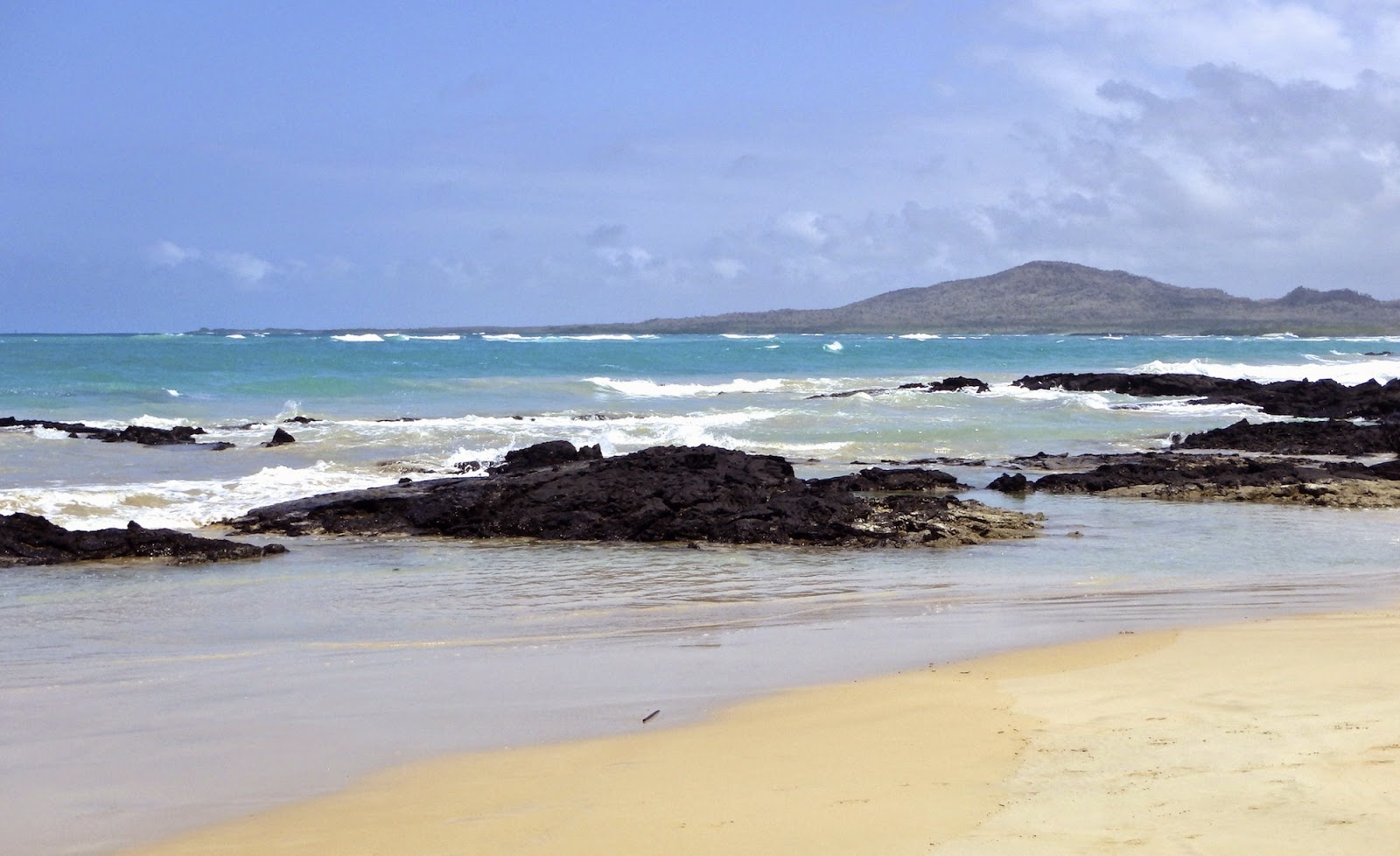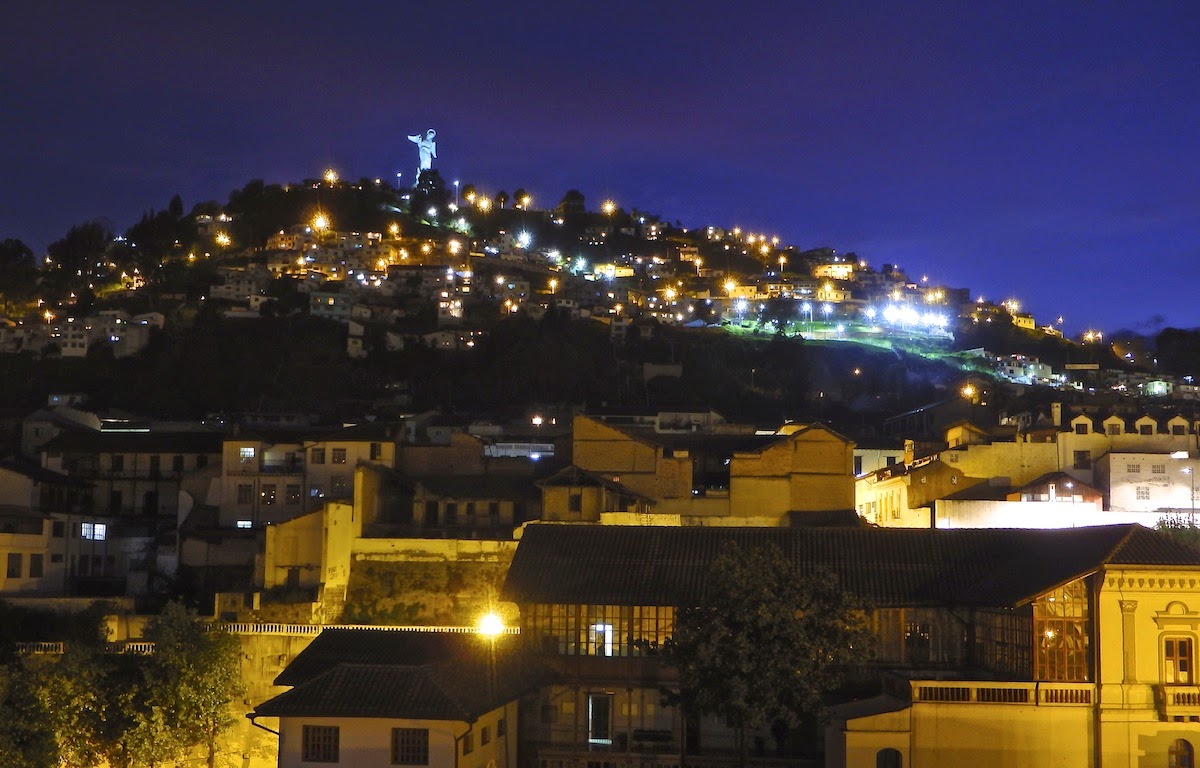As a kid, I rescued birds, had half a dozen kittens,
collected rocks, shells, and pressed leaves. I had my own microscope and
observed the “animacules” in a drop of water. My 7th grade science
teacher called a few of us in on a Saturday to dissect a shark that someone had
given him. Mr. Nelson, or “Test Tube Terry” as we fondly called him, later
wrote in my yearbook to “keep studying science, in spite of those who will
discourage you from it.” I was blessed with good science teachers and so it
wasn’t until college, and said discouragement, that I realized he wrote that
because I was a girl.
Working to become a kick-ass math teacher has been a worthy
goal, and I’ve succeeded partly because I teach the application and connection
to science in all my math classes. And thanks to middle school teaming, I’ve
taught a lot of science classes as well. I welcomed the chance to live in South
America in part because the continent is home to the Galapagos Islands, the number one spot on my bucket list. The trip,
I discovered, is no less expensive than from the US, but when friend Jan
agreed it would be a great excursion to do together over her visit for Semana
Santa break, the planning began, and we made it happen (thanks, Internet).
 |
| In Quito's Fuch Square |
 We were able to bookend several days in Quito, Ecuador’s
capital, on the trip. Arriving at the official beginning of Easter week in a
95% Catholic country was a colorful sight to behold. We explored the old city
with its churches, cathedrals, and narrow streets, and stayed in the
refurbished house of some old grandee. We perused a local craft and food fair in a plaza, where
women knitted sweaters and hats of alpaca yarn while we watched. We tried some
local sugary treats but skipped the grubs, which came complete with a spice
packet for preparation.
We were able to bookend several days in Quito, Ecuador’s
capital, on the trip. Arriving at the official beginning of Easter week in a
95% Catholic country was a colorful sight to behold. We explored the old city
with its churches, cathedrals, and narrow streets, and stayed in the
refurbished house of some old grandee. We perused a local craft and food fair in a plaza, where
women knitted sweaters and hats of alpaca yarn while we watched. We tried some
local sugary treats but skipped the grubs, which came complete with a spice
packet for preparation.
We took a full day tour of the countryside and marveled at
the surrounding Andes mountains... volcanic peaks, lakes and waterfalls, an
amazing market in the town of Otovalo; a long day filled with new things. It
was strange to see the mountains without even a smidgen of snow, but as tall as
they are, they are not high enough for it to snow so close to the equator. We
visited a raptor sanctuary, with a close-up look at Andean Condors. (Yes, I
wanted to free them all, but many of the birds have injuries which preclude
life in the wild). The indigenous Andean people retain their dress and customs
to a great extent and truly are a very small people. Many of the older folk didn’t even
reach my shoulders. Since it was Jan’s and my first foray to the southern
hemisphere, we also made it a point to get fun pictures at one of the places
where the equator crosses the road. Purchasing goodies everywhere was easy;
Ecuador’s currency is the US dollar, and market goods were a bargain.
 |
| Andean farms |
We flew to the Galapagos Islands, 600 miles off the coast beyond
the city of Guayaquil. They are specks in the immensity of the Pacific, mostly
dry volcanic hunks of rock. The creatures there evolved in relative isolation,
and are some of nature’s weirdest offerings. We had opted for a land-based
trip, which meant that our days were spent touring on boats and traipsing on land,
and at day’s end we stayed in nice little local digs. This ended up perfect as
our evenings were spent relaxing on the deck with a drink and exploring the
little towns, meeting fellow travelers with stories to tell. Like the mom and
daughter from Santa Barbara who took a year off of school to travel and the
American expat who opened a coffee bar but had no idea what a mocha was!
 |
| From our hotel on Isabella Island |
We hung out with sea lions, land and marine iguanas, sea
turtles, and blue-footed boobies. Saw speedy dolphins and huge mantas from our
boats. Snorkeled with benign but still disconcerting white-tipped reef sharks.
And ultimately the strangest of all to me, the giant Galapagos tortoises, the
most odd and ungainly creatures I have ever witnessed in the wild. We got even
closer looks at the Darwin Center where there are representatives from each islands’
populations. They are ancient and primitive looking, slow-moving and awkward.
And after hearing how they mate, it amazes me that they survive. Indeed, they
represent a pinnacle of evolution and are the most long-lived vertebrates in
the animal kingdom. All in all, an
amazing trip to finish out my time in South America. And
there will be more to share in future months as I continue my life below 20°,
moving to Kona on the Big Island of Hawai’i. The southernmost place in the
United States, I’ll be living at 19°. So, nos vemos and a hui hou!
More photos follow below:






























